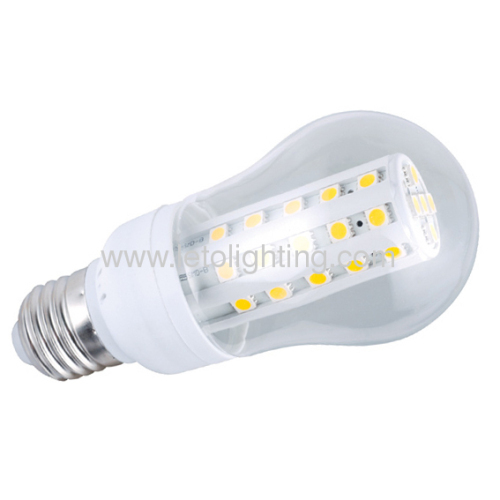Product (233)
- LED Flood Light (1)
- Corn Lamp (12)
- LED Panel Light (10)
- LED Tube light (13)
- LED Cabinet Light (14)
- LED Downlight (6)
- LED Working Light (18)
- LED Night Light (29)
- LED Wall Light (6)
- LED Bulb Light (6)
- SMD LED Bulbs (15)
- Ceramic led (4)
- LED Spotlight (22)
- LED PAR Lamp (12)
- LED Sensor Light (9)
- Lamp Cup (20)
- Solar Sensor Light (3)
- New Products (8)
- G4 LED Light (9)
- Dimmable LED Light (14)
- COB LED Light (2)
Special Groups (12)
Blog (6)
Certificates (2)
Applications (5)
LED Knowledge (4)
Credit Report
Products Index
Company Info
Leto Lighting Tech Co., Ltd. [China (Mainland)]
Business Type:Manufacturer, Trading Company
City: Ningbo
Province/State: Zhejiang
Country/Region: China (Mainland)
Blog
LED light bulbs

LED lamps are made that replace screw-in incandescent or compact fluorescent light bulbs. Most LED lamps replace incandescent bulbs rated from 5 to 60 watts. As of 2010, some LED lamps replace higher wattage bulbs; For example, one manufacturer claims a 16-watt LED bulb as bright as a 150W halogen lamp. A standard general-purpose incandescent bulb emits light at an efficiency of about 14 to 17 lumens/W depending on its size and voltage. According to the European Union standard, an energy-efficient bulb that claims to be the equivalent of a 60W tungsten bulb must have a minimum light output of 806 lumens.
Some models of LED Bulb Light work with dimmers as used for incandescent lamps. LED lamps often have directional light characteristics. The lamps have declined in cost to between US$30 to $50 each as of 2010. These bulbs are more power-efficient than compact fluorescent bulbs and offer lifespans of 30,000 or more hours, reduced if operated at a higher temperature than specified. Incandescent bulbs have a typical life of 1,000 hours, compact fluorescents about 8,000 hours. The bulbs maintain output light intensity well over their life-times. Energy Star specifications require the bulbs to typically drop less than 10% after 6000 or more hours of operation, and in the worst case not more than 15%. They are also mercury-free, unlike fluorescent lamps. LED lamps are available with a variety of color properties. The higher purchase cost than other types may be more than offset by savings in energy and maintenance.
Several companies offer LED lamps for general lighting purposes. The technology is improving rapidly and new energy-efficient consumer LED lamps are available.
Next Page:
Application of LED lamp



